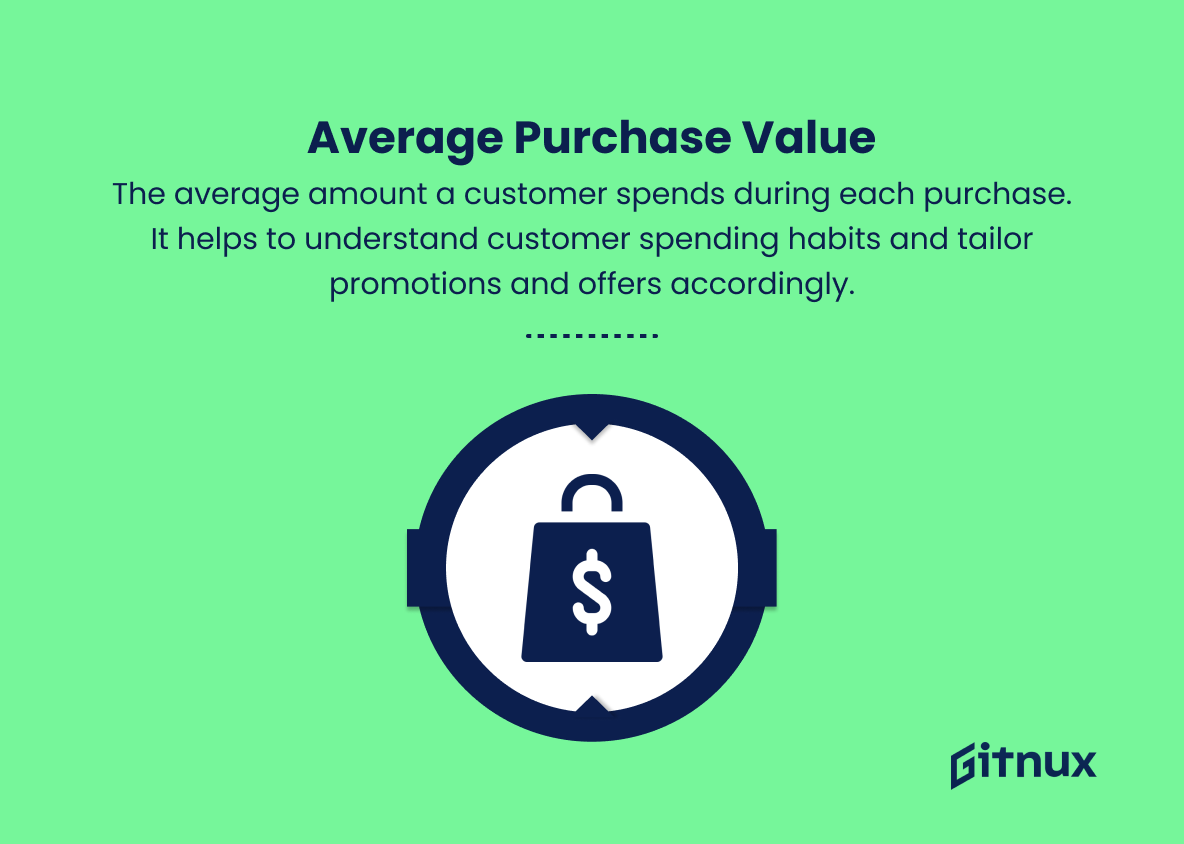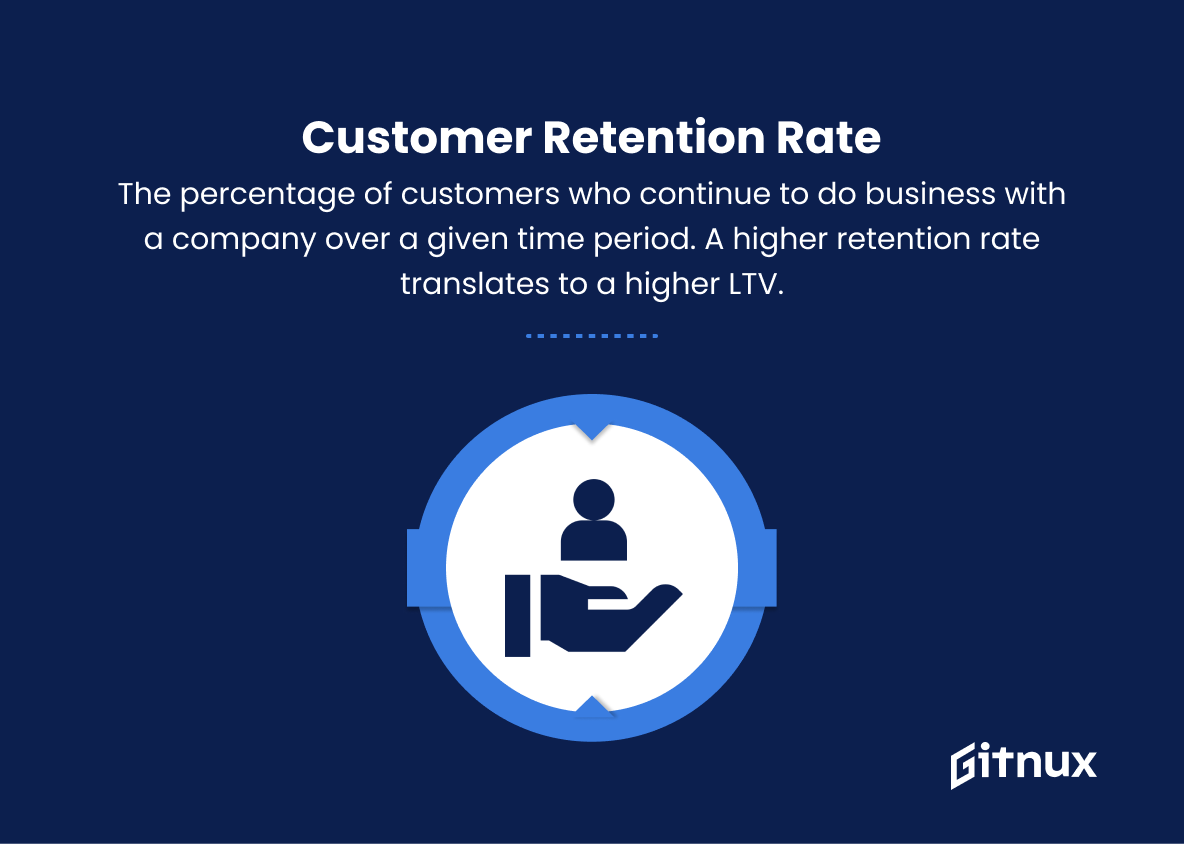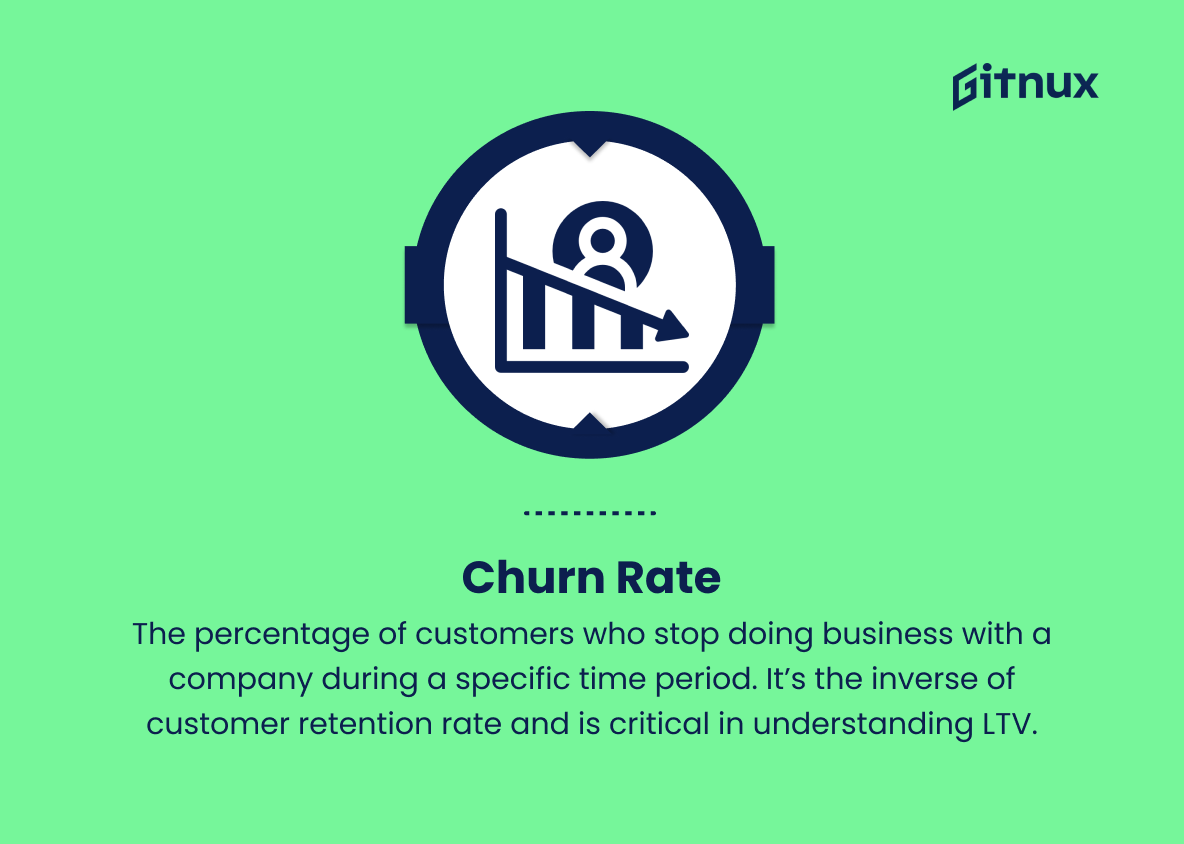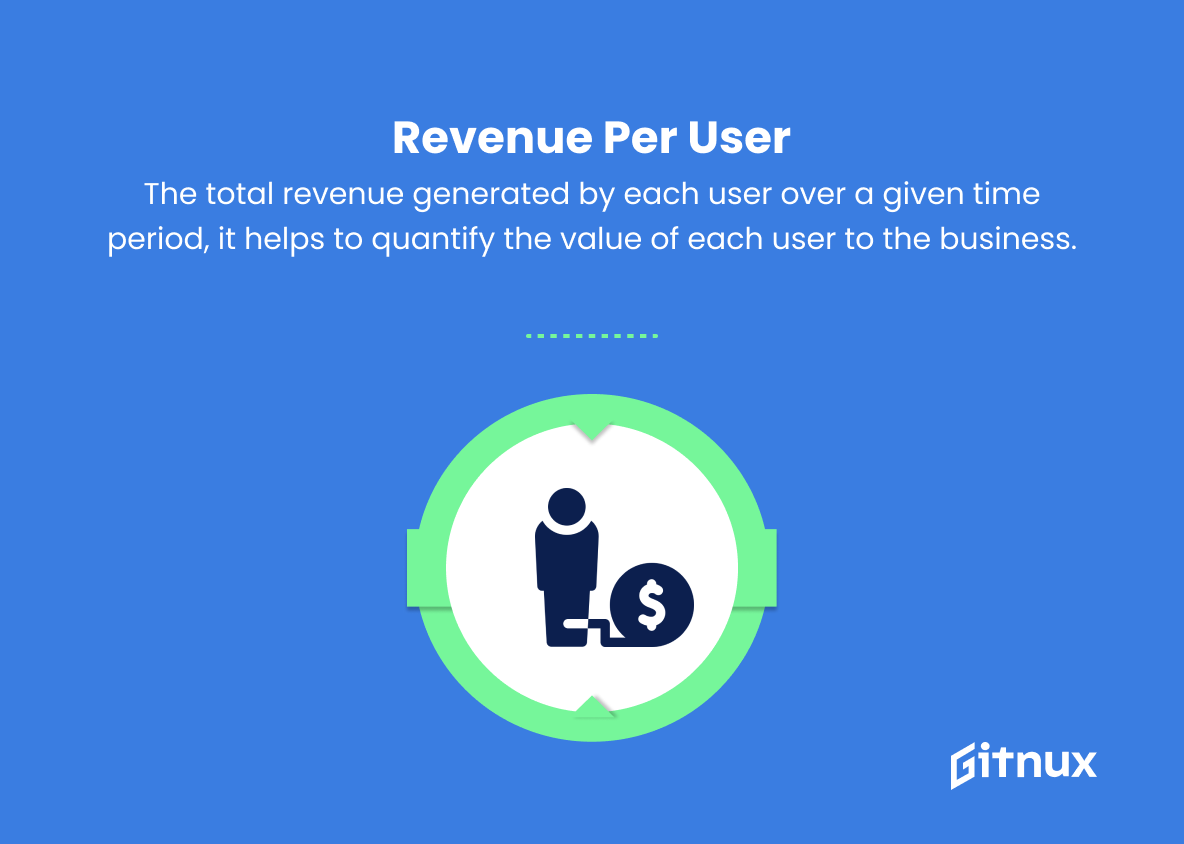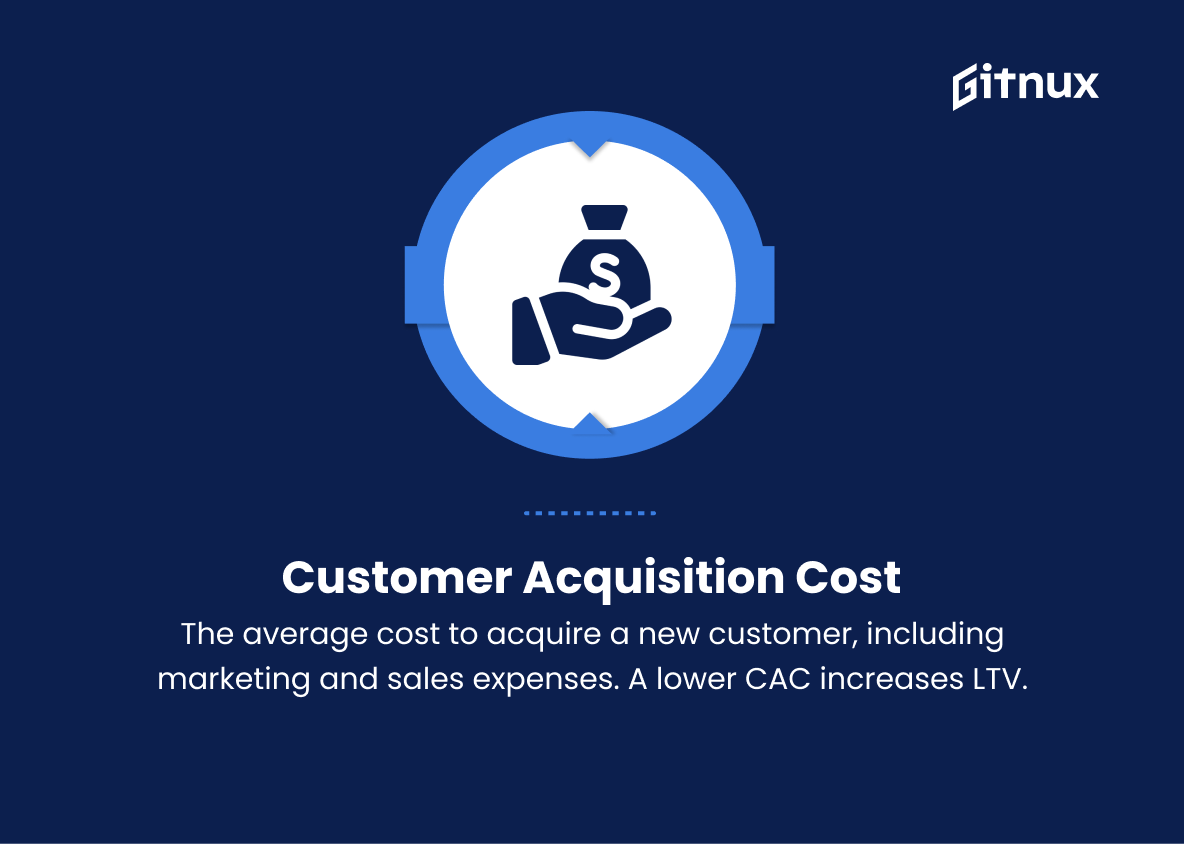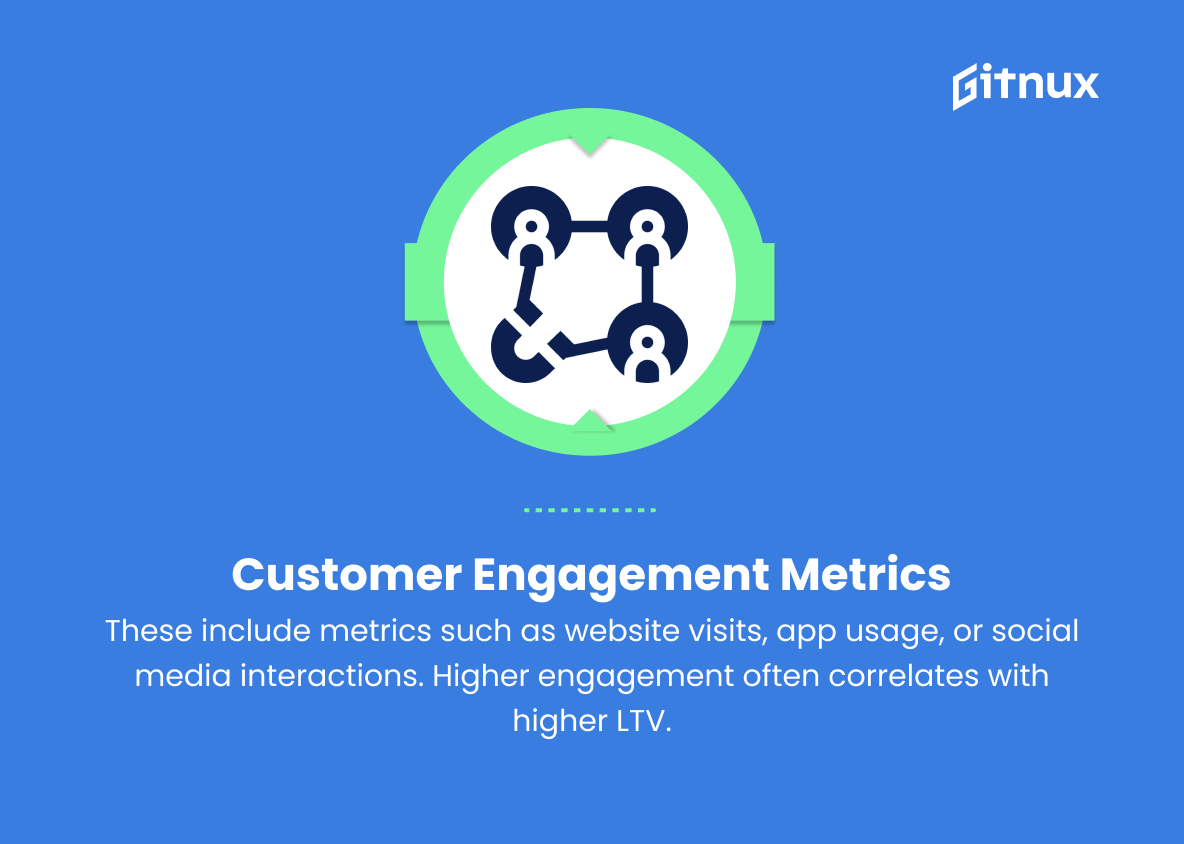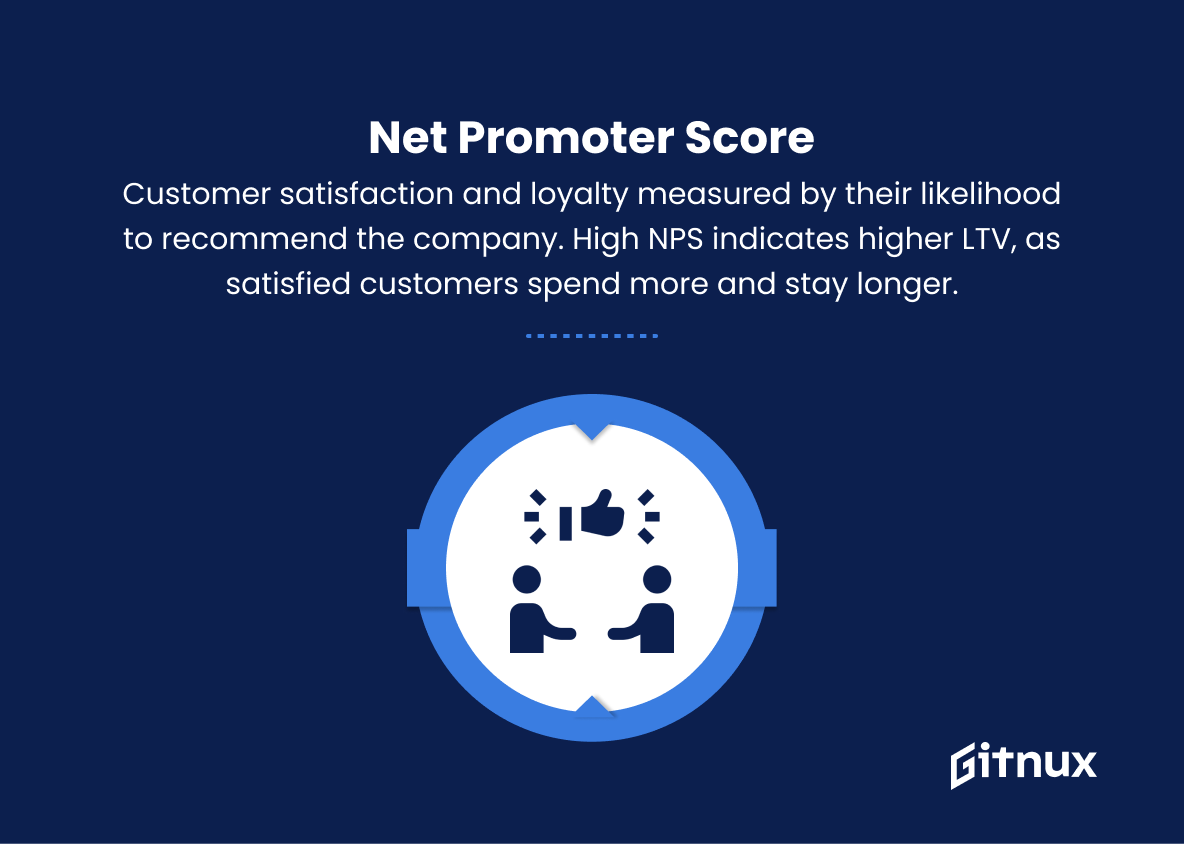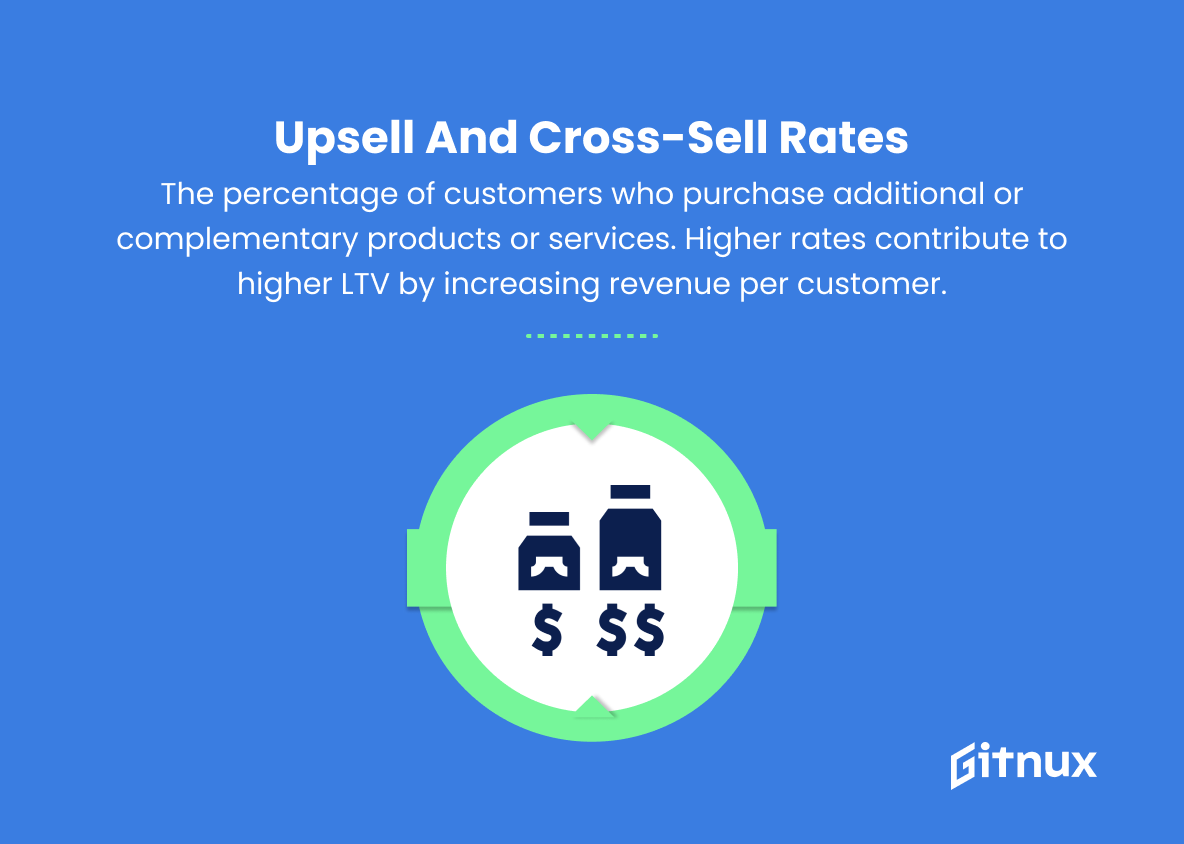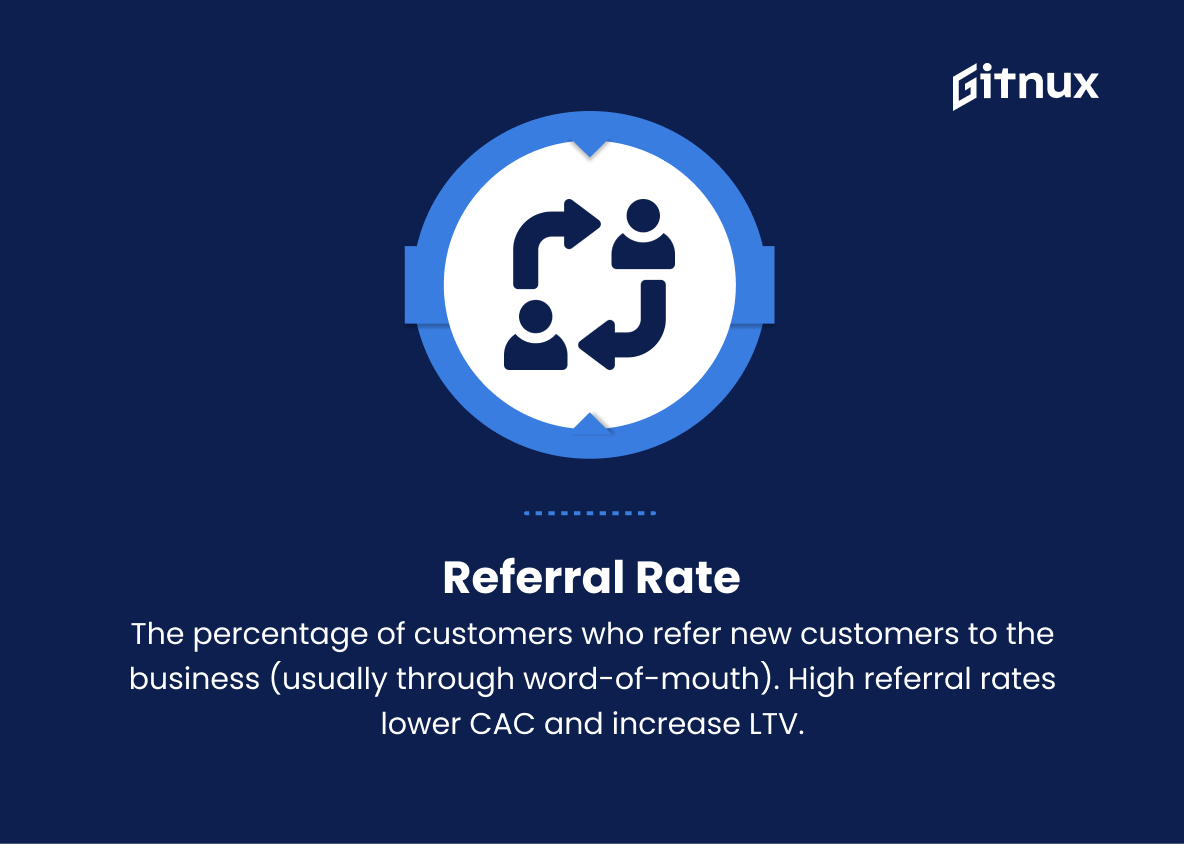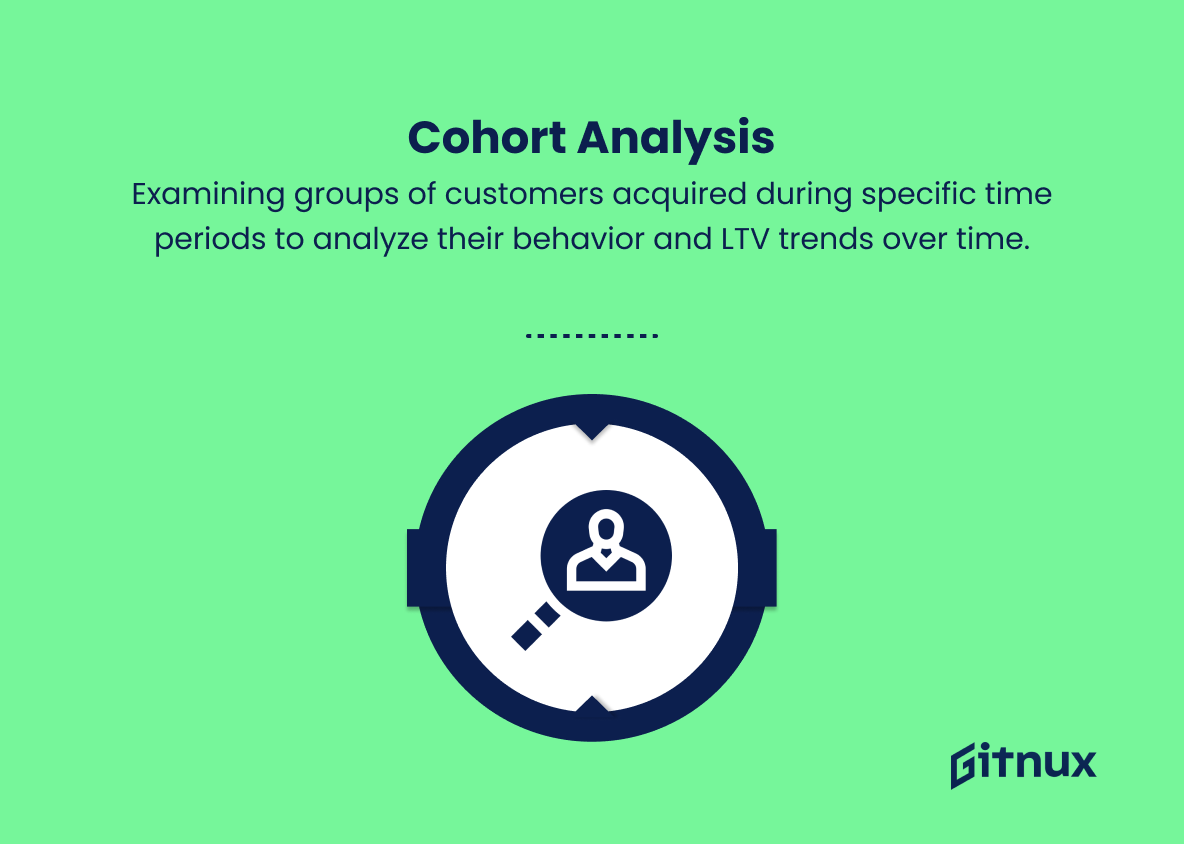In today’s increasingly competitive business landscape, understanding and optimizing your company’s key performance indicators (KPIs) has become imperative for long-term success. One such fundamental metric that savvy businesses pay close attention to is the Lifetime Value (LTV) of their customers.
In this insightful blog post, we will delve into the significance of LTV metrics, elucidate the pivotal role they play in informing strategic decision-making, and provide a comprehensive guide to effectively measuring and maximizing customer lifetime value. Get ready to unlock your business’s true potential as we explore the indispensable world of LTV metrics.
Ltv Metrics You Should Know
1. Customer Lifetime Value (LTV)
A prediction of the total revenue a business can expect from a single customer throughout their entire relationship. It helps to determine customer segmentation, target marketing, and customer acquisition budget.
2. Average Purchase Value (APV)
The average amount a customer spends during each purchase. It helps to understand customer spending habits and tailor promotions and offers accordingly.
3. Purchase Frequency (PF)
The average number of times a customer makes a purchase within a specific time period (e.g., monthly, yearly). It helps to identify loyal customers and understand buying patterns.
4. Customer Retention Rate (CRR)
The percentage of customers who continue to do business with a company over a given time period. A higher retention rate translates to a higher LTV.
5. Churn Rate
The percentage of customers who stop doing business with a company during a specific time period. It’s the inverse of customer retention rate and is critical in understanding LTV.
6. Revenue Per User (RPU)
The total revenue generated by each user over a given time period, it helps to quantify the value of each user to the business.
7. Customer Acquisition Cost (CAC)
The average cost to acquire a new customer, including marketing and sales expenses. A lower CAC increases LTV.
8. Time to First Purchase
The average time it takes for a new customer to make their first purchase. Shorter time to first purchase indicates faster customer conversion.
9. Customer Engagement Metrics
These include metrics such as website visits, app usage, or social media interactions. Higher engagement often correlates with higher LTV.
10. Net Promoter Score (NPS)
A measure of customer satisfaction and loyalty based on their likelihood to recommend the company to others. High NPS suggests higher LTV, as satisfied customers tend to spend more and stay longer.
11. Customer Segmentation
Dividing customers into groups based on their shared characteristics, allowing businesses to target marketing efforts and optimize LTV for each segment.
12. Upsell and Cross-sell Rates
The percentage of customers who purchase additional or complementary products or services. Higher rates contribute to higher LTV by increasing revenue per customer.
13. Referral Rate
The percentage of customers who refer new customers to the business (usually through word-of-mouth). High referral rates lower CAC and increase LTV.
14. Cohort Analysis
Examining groups of customers acquired during specific time periods to analyze their behavior and LTV trends over time.
15. Customer Tenure
The duration of a customer’s relationship with the company, which is associated with higher LTV if a company can manage to keep customers for longer periods.
These LTV metrics can provide valuable insights to identify customer behaviors, optimize marketing efforts, and increase customer lifetime value for businesses. Determining the most relevant metrics for your business and tracking them consistently can greatly contribute to its success.
Ltv Metrics Explained
LTV metrics, such as Customer Lifetime Value, Average Purchase Value, Purchase Frequency, and Customer Retention Rate, play a crucial role in understanding customer behavior and maximizing the value a business can expect from each customer. These metrics help businesses segment their audience, target marketing campaigns, adjust acquisition budgets, and tailor promotions to customer spending habits.
Metrics like Churn Rate, Revenue Per User, Customer Acquisition Cost, and Time to First Purchase help businesses assess their ability to retain and profit from customers. Additionally, focusing on Customer Engagement Metrics, Net Promoter Score, Customer Segmentation, Upsell and Cross-sell Rates, Referral Rate, Cohort Analysis, and Customer Tenure can provide a more comprehensive understanding of customer satisfaction, loyalty, and revenue potential. By monitoring and leveraging these LTV metrics, businesses gain valuable insights for optimizing marketing strategies and increasing overall customer lifetime value.
Conclusion
In conclusion, LTV (Lifetime Value) metrics play a crucial role in understanding the long-term value and profitability of a customer. By analyzing these metrics, businesses can make informed decisions on customer acquisition strategies, budget allocation, and customer retention efforts. Ultimately, LTV allows companies to identify and invest in their most valuable customers, ensuring sustainable growth and a profitable future.
By continually monitoring and optimizing their LTV metrics, businesses can stay ahead of the competition and maintain a strong and loyal customer base.

